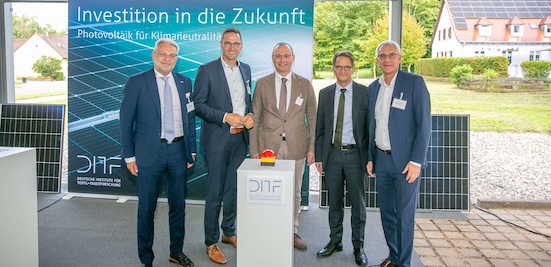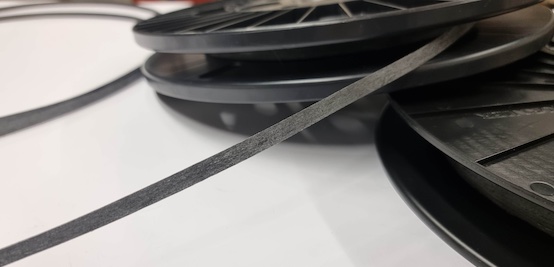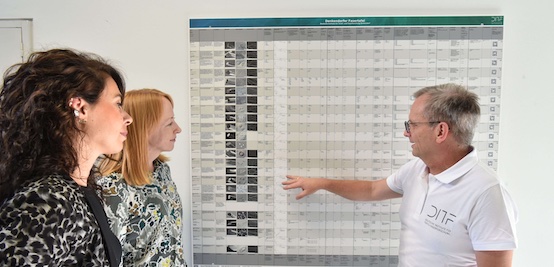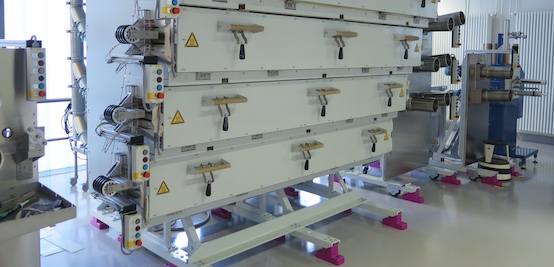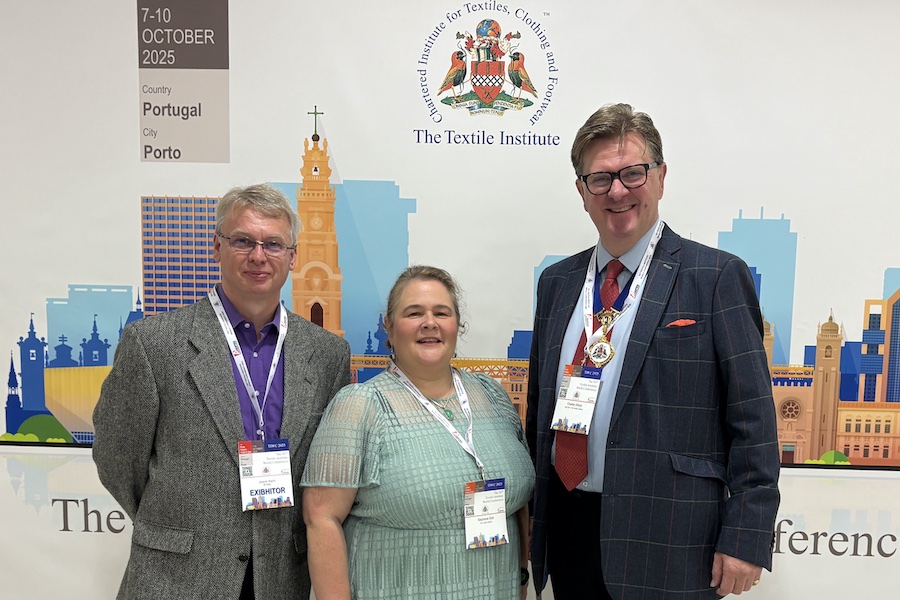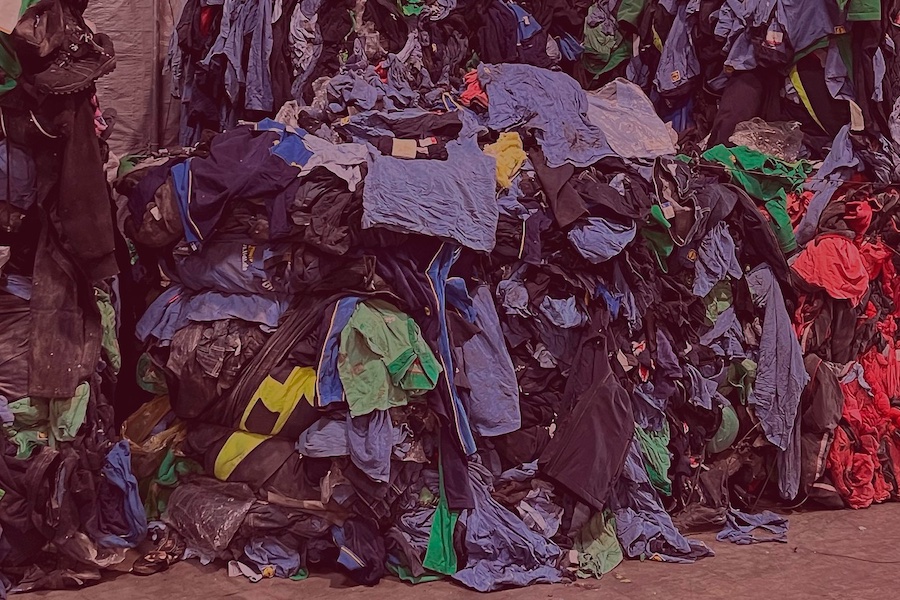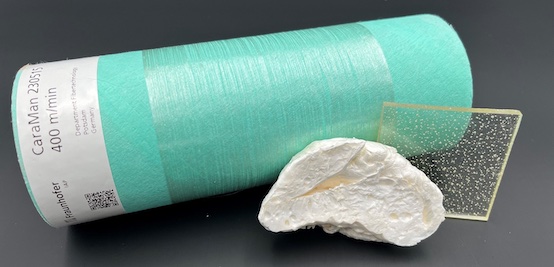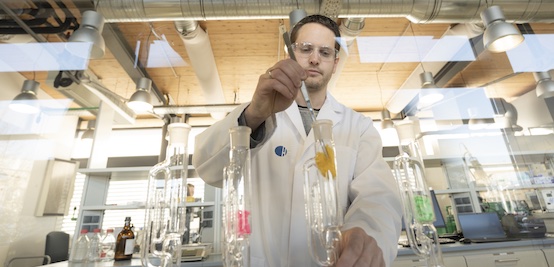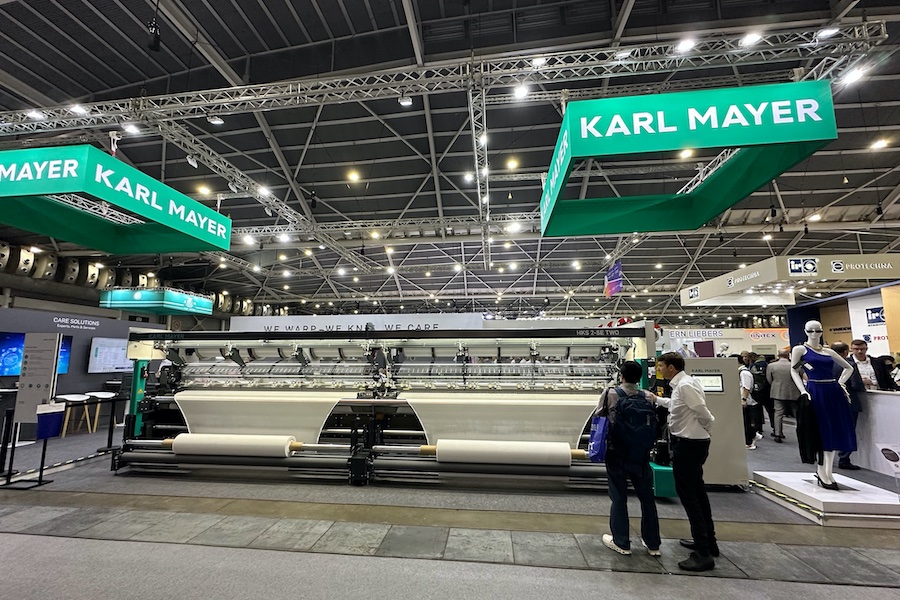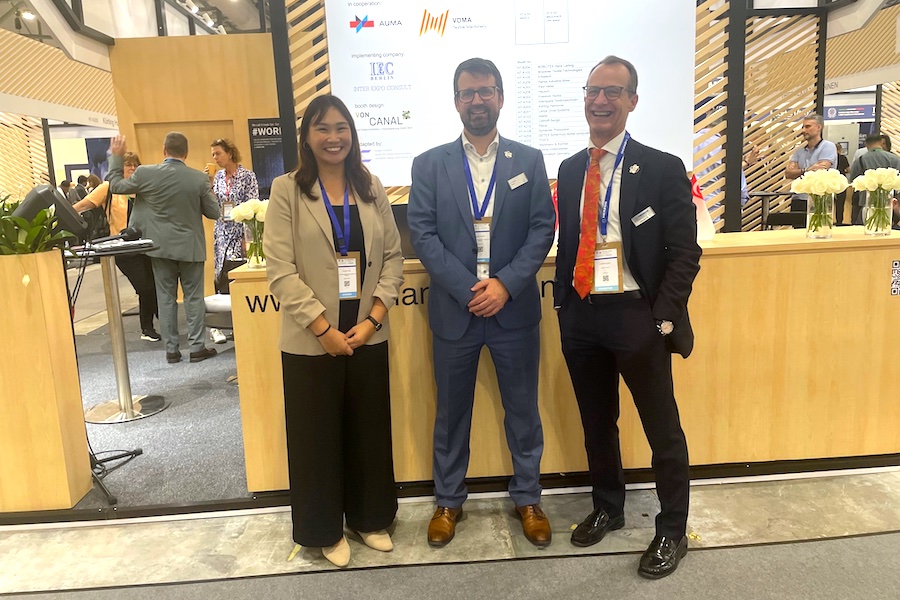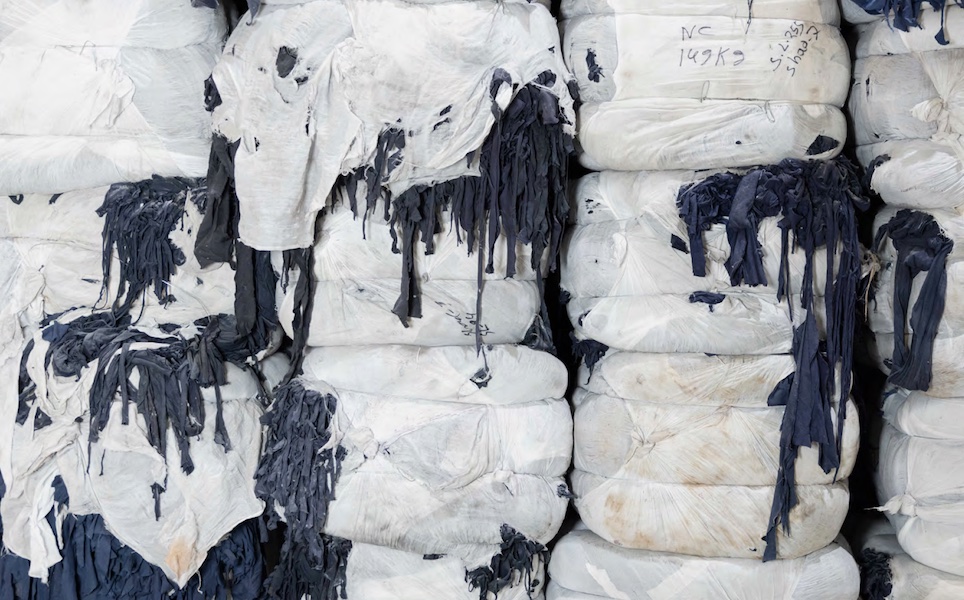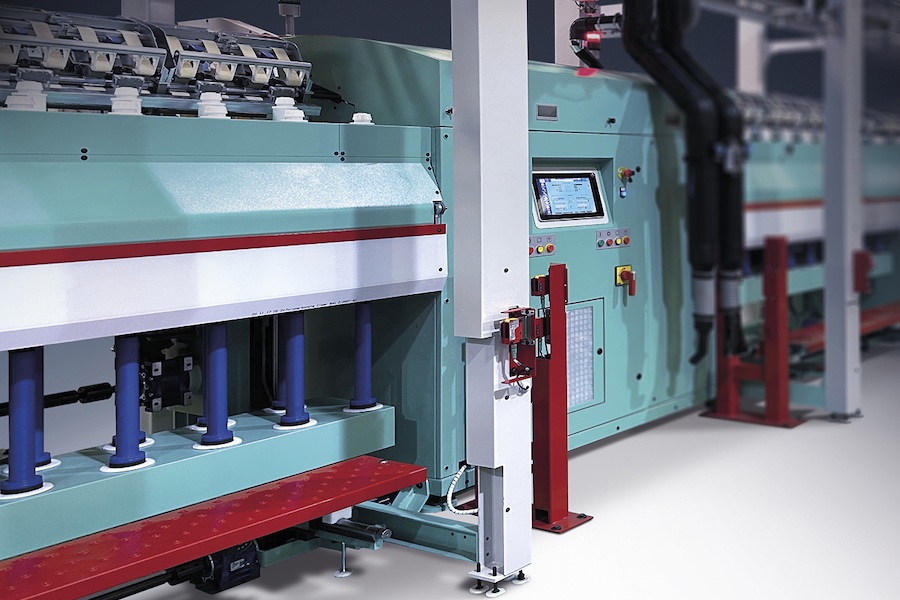#Research & Development
Light experiences light as paper
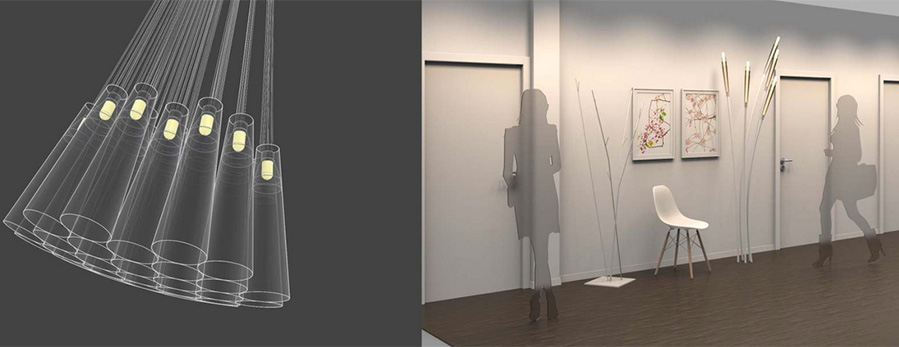
Paper is a renewable resource, is available almost everywhere and can be recycled. The German Institutes of Textile and Fiber Research Denkendorf (DITF), together with their project partners, have processed this natural material in the form of paper yarns and developed shapely luminaires from it. The results of the "Paper Light" research project are sustainable products with an appealing design that can be manufactured at low cost. The luminaires are fully recyclable.
Climate protection and the environmental pollution caused by microplastics require new ideas on how renewable resources can be used sensibly. The researchers at the DITF have processed paper yarn into very light structural bodies using structure winding technology. The manufacturing process is so flexible that many different shapes are possible and light can be directed differently depending on the area of application. The corresponding photometric characteristics were determined at the DITF.


Three-dimensional bodies are manufactured from the paper yarns using a novel method. The yarns are fixed with an adhesive, which also consists of renewable and degradable raw materials. The conventional metal supporting structure can be dispensed with. This has several advantages for the environment: Due to the omission of wire, less carbon dioxide is produced during manufacture. The THIRTY-ONE luminaire developed by the DITF saves more than two kilograms of CO2 equivalents - per piece!

Without a metal structure, the paper lamps also weigh significantly less and are easier to transport. After use, the luminaires can be introduced into the circulation system.
The research team has built three demonstrator luminaires that show the possibilities opened up by different yarn thicknesses, colors and the various wound structures. In addition, the mechanical parameters determined already show a great potential for use in other fields of application such as construction components. For this purpose, the DITF have many functional samples available.
The research project "Development of recyclable luminaires made of paper composites" with the short title "Paper Light" was sponsored by the Deutsche Bundesstiftung Umwelt.



